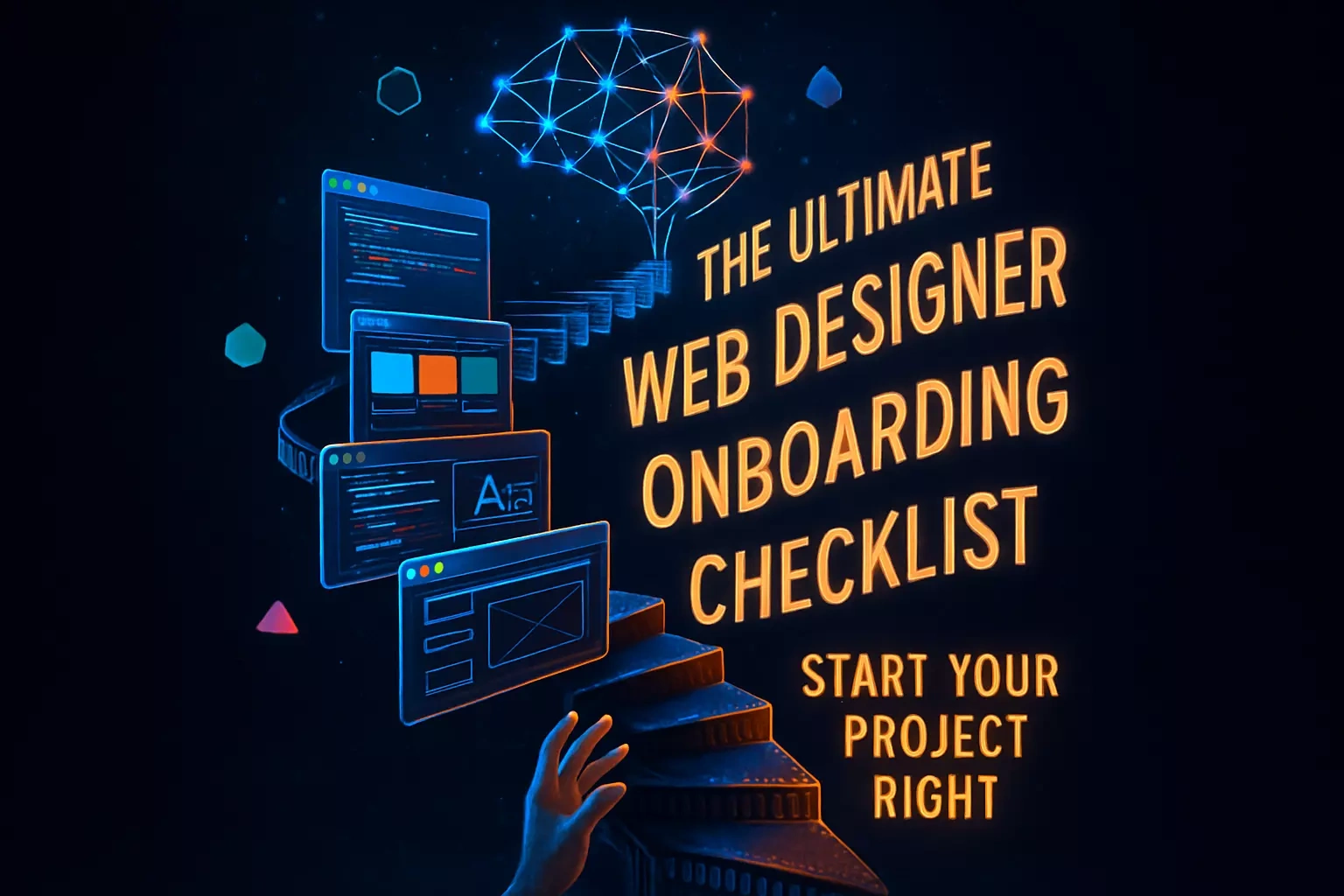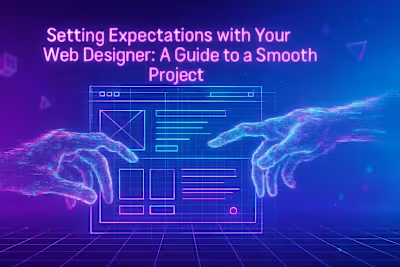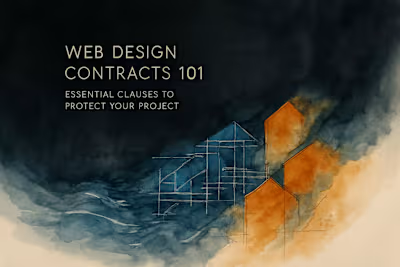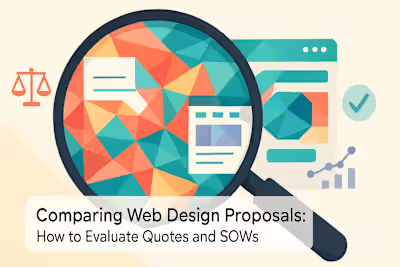The Ultimate Web Designer Onboarding Checklist: Start Your Project Right

The Ultimate Web Designer Onboarding Checklist: Start Your Project Right
Essential Information Your Designer Needs Before Day One
Business & Project Goals
Brand Guidelines and Assets
Target Audience & User Personas
Inspiration and Competitor Websites
Granting the Right Access for a Seamless Workflow
Domain & Hosting Provider Credentials
Content Management System (CMS) Access
Analytics and Marketing Tool Access
Content and Asset Libraries
Conducting an Effective Project Kick-off Meeting
Reviewing the Project Brief and Scope
Confirming Timelines and Milestones
Establishing Communication Channels
Conclusion
References
The Ultimate Web Designer Onboarding Checklist: Start Your Project Right
Essential Information Your Designer Needs Before Day One
Business & Project Goals
Brand Guidelines and Assets
Target Audience & User Personas
Inspiration and Competitor Websites
Granting the Right Access for a Seamless Workflow
Domain & Hosting Provider Credentials
Content Management System (CMS) Access
Analytics and Marketing Tool Access
Content and Asset Libraries
Conducting an Effective Project Kick-off Meeting
Reviewing the Project Brief and Scope
Confirming Timelines and Milestones
Establishing Communication Channels
Conclusion
References
Posted Jun 30, 2025
Starting a web design project? Our guide covers the essential information and access you need to provide your designer for a smooth and successful onboarding process.










